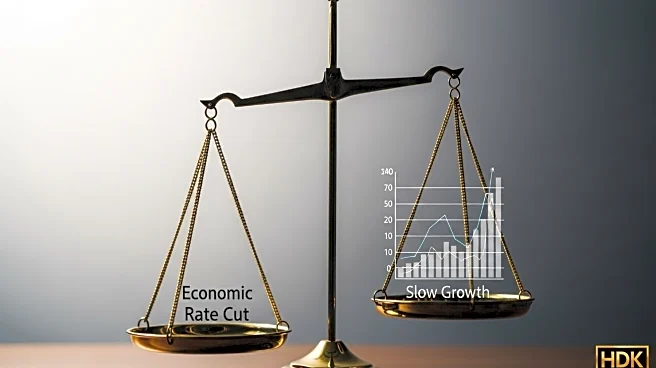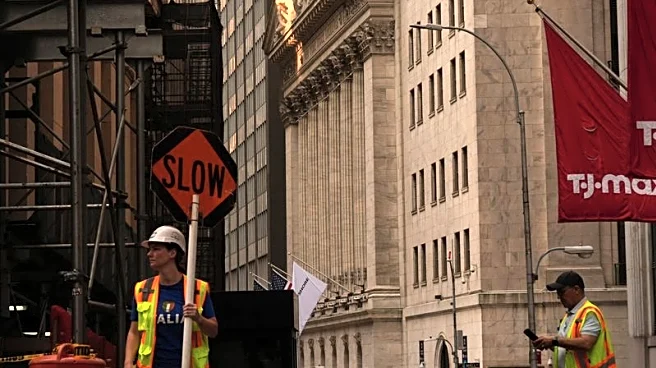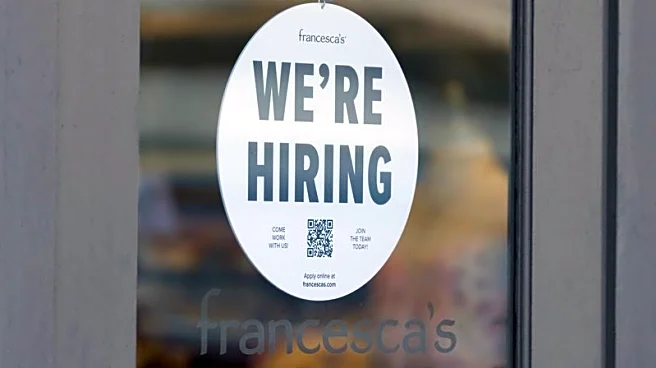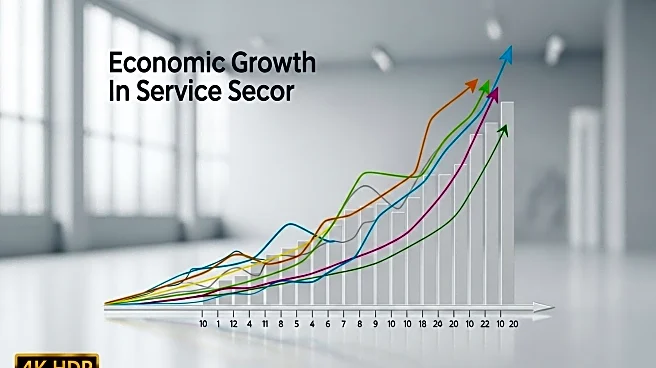What's Happening?
The Labor Department is set to release the August employment figures, which come at a critical time for the U.S. economy. Recent data indicates a cooling labor market, raising concerns as the holiday spending period approaches. The Federal Reserve is expected to cut its benchmark interest rate later this month, marking the first reduction since December 2024, as it shifts focus from combating inflation to supporting job growth. The August report follows President Trump's dismissal of former Bureau of Labor Statistics Commissioner Erika McEntarfer, which sparked criticism over potential politicization of economic data. Economists worry that this move could undermine confidence in the accuracy of U.S. economic data, a key benchmark for the global economy. The July report showed a significant downturn in hiring, with only 73,000 jobs added, prompting downward revisions for May and June. Economists forecast a modest gain of 40,000 jobs for August, with the unemployment rate expected to remain at 4.2%.
Why It's Important?
The release of the August jobs report is crucial for assessing the health of the U.S. labor market. A continued slowdown could impact consumer confidence and spending, particularly during the holiday season. The Federal Reserve's anticipated rate cut aims to stimulate job growth, but weak employment figures could reinforce concerns about economic stability. The accuracy of the jobs data is vital for policymakers and businesses to make informed decisions. Any further questioning of the data's validity could lead to uncertainty in economic planning and international confidence in U.S. economic indicators. The labor market's performance will influence the Fed's monetary policy decisions, affecting interest rates and potentially impacting borrowing costs for businesses and consumers.
What's Next?
Economists predict that payroll gains will average around 30,000 per month through the end of the year, with the unemployment rate potentially rising to 4.7% by December. The Federal Reserve's next policy meeting on September 16-17 will be closely watched, as another month of weak job growth could solidify the decision to cut interest rates. Stakeholders, including businesses and policymakers, will need to adapt to the evolving economic landscape, potentially revising strategies to address labor market challenges. The ongoing assessment of job market conditions will be critical for future economic planning and policy adjustments.












